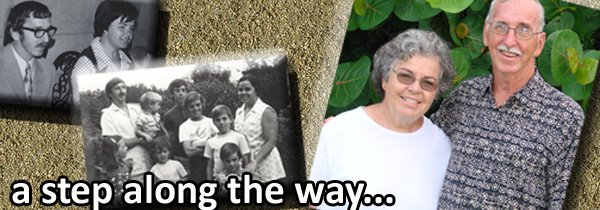During the weekend, I talked with Jessica about my blog and how I had not done much of an update lately, because it does not seem appropriate to write in the blog about my life in Florida! After all, people want to read about “life in the missions.” I do keep up with the life at St. Theresa Hospital, so here is some of that information.

On a monthly basis, the hospital administrator, Ms. Hove, sends me all of the financial information; how much diesel has been used and how much is in the tank for future use; how donor money that I supply has been used during the past month; the complete hospital statistics that are sent to the Ministry of Health; and the Pharmacy inventory statistics. I go over those reports each month, and send back comments and questions to Ms. Hove. About three weeks ago, I also was able to talk with her via Skype on a Sunday morning. We chatted for about 40 minutes, so it was a good time to really get some pertinent information, and also to just hear how things are going.
They are indeed going quite well in spite of all of the difficulties. The staff are still paid a pittance by the government (as are ALL government employees in the country). The top nurses salary is about $180 per month, and the bottom “general hand” salary is $100. It seems like so little (and it is) but it is still better than during the days of hyperinflation, when the Zimbabwe currency would lose half of its’ value within one to two days. Now at least, if one has $20 US today, it is still worth $20 next week or next month or next year!

The financial report for the first six months is quite impressive. Remember, this is to operate a hospital that is averaging about 60 patients per day, plus a very busy out-patient department, a maternity ward that delivers around 90 babies per month, and an extensive AIDS diagnosis and treatment center, with several out-reach centers. The figures exclude most salaries, since those are paid directly by the government. There are a few still having to be paid by the hospital out of “revenue.”
Total revenue for six months: $80,000.
Sources of revenue:
Hospital fees 50%;
Donations: 25%;
Government allocations 20%;
“other” 5%.
Total expenses: $80,000. Medicine purchases is 25%, and the remainder is all of the other items needed to keep the hospital running. Remember, this is for six months! Of course, there are many things that “just do not get done” because there is not the money for it, but still, the main work of the hospital goes on and I feel that it goes on very well. They can all be proud of the good work they are doing under such difficult conditions.





